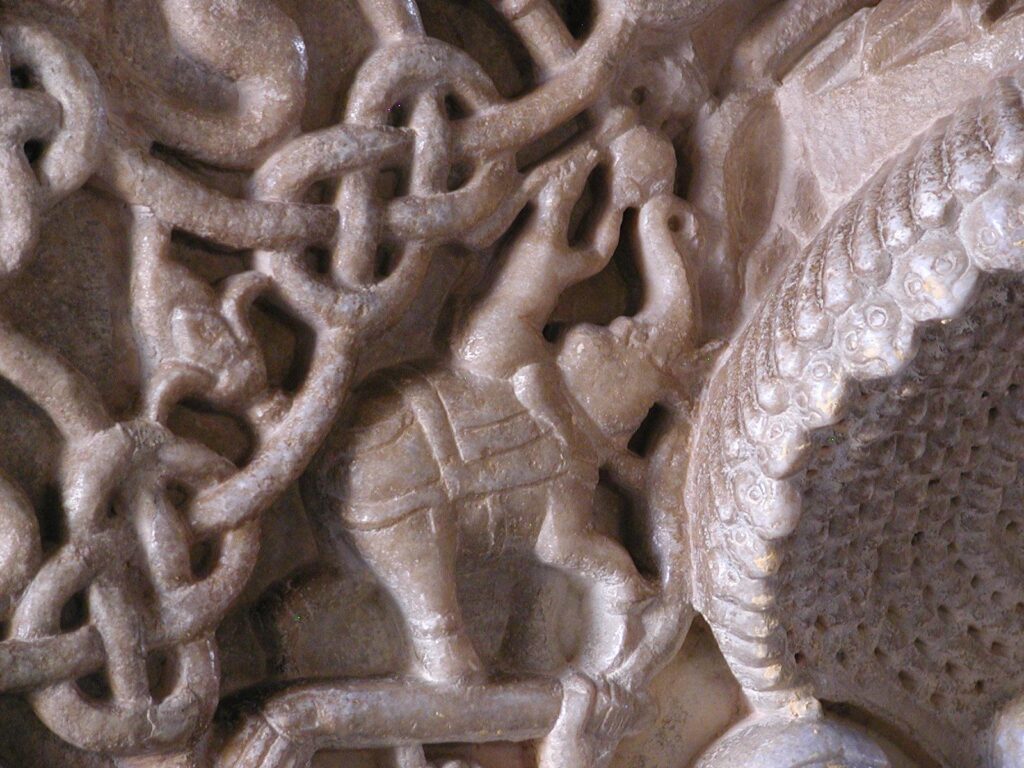Often I will have a preference to reach out for the original version. If I can, I’ll read a book in the original language. I’ll be curious about the original version of a song and will often avoid mixing tastes when it comes to drinks.
I’d probably do the same with stories, but reading Joel Christensen’s article describing how ancient Greeks also had alternative facts I realized how impossible this is.
Myths are narrative stories playing a fundamental role in society. While they are stories of everyday human beings their main characters usually are some kinds of gods. These myths were often endorsed by rulers and priests linking them closely to spirituality and considering them true accounts of their remote paths.
At the same time, the term myth is used to imply that the story is not objectively true. This is confirmed by the fact that the same myth will exist in a variety of versions. Christensen shares, for example, the different versions of the story of Oedipus.
Someone who helped explain this seeming contradiction is Claude Lévi-Strauss who developed the theory of structuralism. He postulated that the elements of myths gain their meaning from the way they are combined and not from their intrinsic value. For him, the existence of different versions of a myth allows revealing its essential structure. Making the myths a representation of the mind and culture creating the myths.
Based on this, stories can’t be read in a search of finding truth in them, which would be the reason to need the original version. The other way to read stories is to make sense out of them. In that case, the truth in detail isn’t relevant.
Finding the right one thus becomes the ability to give sense instead of finding the right story.
It transforms the existence of truth.

